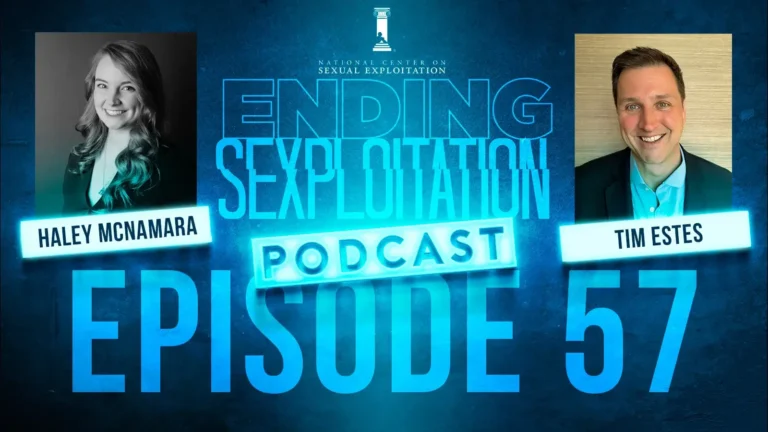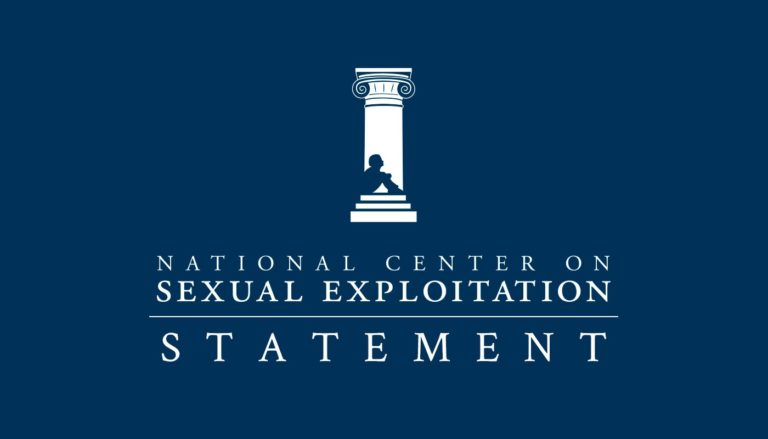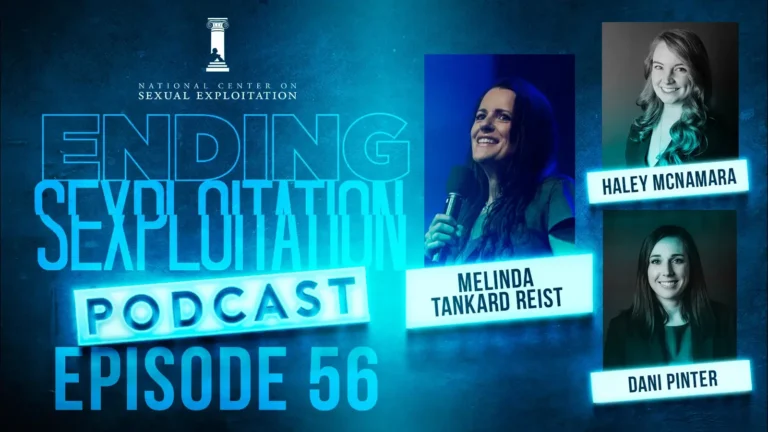By Kelsey Clark
Wednesday, October 29, 2014
Deseret News National Edition
The 27th annual anti-pornography campaign, White Ribbon Against Pornography, got underway this week, using videos to educate families on the harmful effects of pornography and providing resources to help those affected by it.
The daily videos for WRAP week can be found on the WRAP and other anti-pornography websites as well as YouTube. Each day of the campaign a video features a topic such as how pornography is connected to sex trafficking, how the lessons from the Abolitionist Movement can be used to fight sexual exploitation, and how parents can help their children avoid the ensnarement of pornography.
According to the website endsexualexploitation.org, the WRAP campaign began in 1987 by Norma Norris, who was inspired by her local church to fight pornography in her own community of Butler, Pennsylvania. Norris helped host community rallies and distributed white ribbons to symbolize decency. The effort caught on statewide and culminated with the bulldozing of a shuttered bookstore that sold porn.
“That year, Morality in Media became the national sponsor of the WRAP Campaign,” the website stated. “WRAP has since taken on a life of its own with many local groups adding their own events, projects and ways to get the word out.”
This year’s campaign began Oct. 26 and ends Nov. 1.
“The costs associated with these problems are incalculable,” Robert Peters, president emeritus of Morality in the Media, told the Christian News Wire. “It is clear that the explosion of hardcore pornography on the Internet and elsewhere is fueling this moral crisis.”
Technology developments have contributed to the growth in pornography use. The Covenant Eyes website reported that “64 percent of college men and 18 percent of college women use porn online for internet sex each week” and “67 percent of young men and 49 percent of young women say viewing pornography is an acceptable way to express one’s sexuality.”
Researchers and experts featured on the WRAP videos also warn that pornography use is dangerously addictive.
“(Internet pornography is) even more addictive than drug addictions because the images are directly stored in the memory and imagination, which remain long after viewing Internet pornography, altering the structure and function of the brain,” said Dr. Marysia Weber, an osteopathic family physician certified by the American Board of Psychiatry and Neurology, in a statement distributed through PR Newswire.
Jonathon van Maren, an anti-pornographer lecturer, told One News Now that children’s exposure to porn has not only increased because of easy access via mobile technology, but the pornography has also become “darker,” more violent and more harmful. He warns families that it is not enough to simply filter computers at homes, but parents need to educate their children on the harmful aspects of pornography and why they should not seek out pornography.
A WRAP week webnair on the End Sexual Exploitation website, “10 Ways to Immunize Your Kids Against Pornography,” suggests how parents can better protect their children from pornography.
“In today’s day and age, where kids and teens are going to find porn if they want to or if they’re curious, they have to be spoken to honestly about what pornography is and why it will destroy their minds, their relationships and their souls,” van Maren said. “They need to know why so much of what they see in porn is dark and evil, and why these things have no place in the context of a loving relationship.”



